sources : 自動運転LAB.
この記事は、自動運転支援システム・FSD(Full Self Driving)を利用中の テスラが、夜間、前方の道路上にいた「鹿」を認識できず、そのまま追突した事を映像と共に紹介しています。
そして、この記事を共有・紹介している理由は、今後、運転支援システム(或いは 自動運転)が普及するに従って、「オートバイ」も同様な事故に遭遇する可能性が高まる事が予想されるからです。それに対しては、単に後方のドライブレコーダーを設置するのではなく、もっと別な対策が必要である事は明らかです。
This article, along with the video, describes how a Tesla using the Full Self Driving (FSD) automated driving assistance system failed to recognize a “deer” on the road ahead at night and crashed into it.
And the reason I am sharing this article is that as driver assistance systems (or self-driving) become more prevalent in the future, it is expected that “motorcycles” will have a greater chance of encountering similar accidents. And it is clear that we need to take more measures against it than simply installing a rear drive recorder.
つまり、現在、自動運転用の運転支援システムで採用されている前方検知センサーの多くは、前方路上の自動車を対象に開発されており、「オートバイ」を対象に開発されていないのです。それは、自動車と較べて「オートバイ」の後部投影面積が少なく、且つ後部平面が少ない事が検知し難くしている原因です。更に、センサーの多くは、光や電波などの反射率の低い、「ライダー」の柔らかい背中の検知には不向きな事は知っておく必要があります。その上で、先日紹介した前方からのレーダー反射板の様に、後続のドライバーやセンサーにも認識されやすい反射板の設置を考慮しておく必要があります。
In other words, most of the forward detection sensors currently used in driver assistance systems for automatic driving have been developed for vehicles on the road in front, and not for motorcycles. This is due to the fact that the rear projected area of a motorcycle is smaller than that of a car, and the rear plane is less flat, making detection more difficult. In addition, it should be noted that most sensors are not suitable for detecting the rider's soft back, which has low reflectance of light and radio waves. On top of that, it is necessary to consider installing reflectors that are easily recognized by drivers and sensors behind, such as the radar reflectors from the front that we have just introduced.
ここで、自動車メーカー各社が採用を進めている運転支援システムのセンサーについて、私達は知っておく必要があります。
【 カメラ / Camera 】
最も初期から採用が始まったのが “カメラ” です。そして現在せは、解像度の高いカメラを複数使って、前方の対象物との距離を測定する技術が進んでおり、テスラはこの “カメラ” だけを使っている事が知られています。ただし、欠点は、悪天候や夜間、逆光の時には不向きとされ、今回紹介した事故もそれに該当します。
Here, we need to know about the sensors of the driving assistance systems that automakers are adopting.
Camera was the first to be adopted. Now, the technology to measure the distance to the object in front using multiple high-resolution cameras is advanced, and it is known that Tesla uses only this camera. However, the disadvantage is that it is not suitable for bad weather, nighttime, or backlighting, and the accident introduced this time falls into that category.

【 ミリ波レーダー / Millimeter Wave Radar 】
次に広く採用が進んでいるのが、電波を利用する “ミリ波レーダー” 検知器です。カメラとは異なり、天候や夜間、逆光に影響されず、とても正確に検知が出来ますが、電波の反射率の低い 物体 の検知には不向きできす。
The next detector that is becoming more widely adopted is the "millimeter wave radar" detector, which uses radio waves. Unlike cameras, it is not affected by weather, nighttime, or backlight, and can detect very accurately, but it is not suitable for detecting objects with low radio wave reflectivity.

【 LIDAR 】
次に、多くの自動運転車で採用されているのが、レーダーを利用する “LIDAR (ライダー)” で、車体の上部やコーナー部に小さなドーム状の筐体があるので多くの人が見た事があるでしょう。空間分解能が優れていて、“カメラ” や “ミリ波レーダー” の欠点を補う特性がありますが、やはり、レーザー光(電磁波)の反射率が低い物体の検知には不向きです。
Next, the "LIDAR" detector, which uses radar, is used in many self-driving cars, and many people have seen it because it has a small dome-shaped housing on the top and corners of the car body. It has excellent spatial resolution and has characteristics that make up for the shortcomings of "cameras" and "millimeter wave radar", but it is not suitable for detecting objects with low reflectivity of laser light (electromagnetic waves).
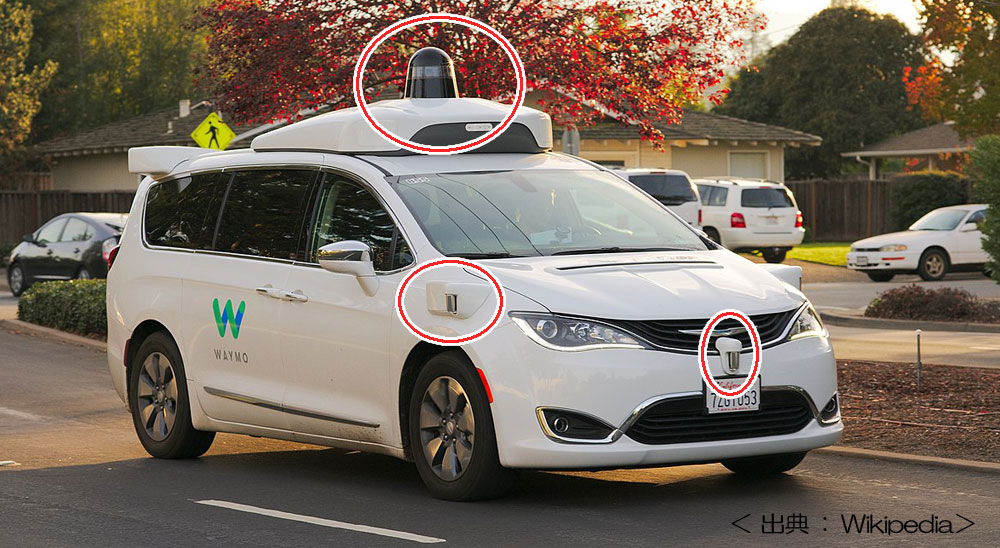
【 超音波センサー / Ultrasonic Sensor 】
最後は、超音波を利用する “超音波センサー” です。 これは、既に駐車時の障害物検知などに利用されているので、多くの人の馴染みになっているセンサーですが、欠点は、音波は光や電波などに較べて伝播速度が低く、遠い距離にある物体の検知には不向きです。つまり、通常速度で走行中に前方 10m 以上離れた物体の検知には適していないので、自動運転システムの前方検知センサーとして採用例は知りません。
Finally, there is the "ultrasonic sensor" which uses ultrasound. This sensor is already used for obstacle detection when parking, so it is familiar to many people, but the disadvantage is that sound waves have a slower propagation speed than light or radio waves, and are not suitable for detecting objects at a long distance. In other words, it is not suitable for detecting objects more than 10 meters ahead while driving at normal speed, so I do not know of any examples of it being used as a forward detection sensor in an autonomous driving system.

<参考文献 / References >
https://jidounten-lab.com/y_autonomous-sensors-3
 ページ中の画像は クリエイティブ・コモンズ 表示 - 非営利 - 改変禁止 4.0 国際 ライセンスの下に提供されています 文章等は許可無く転載することを禁じます / Copyright GRA All Rights Reserved. |











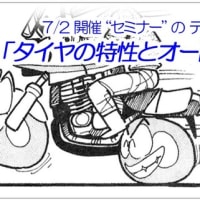
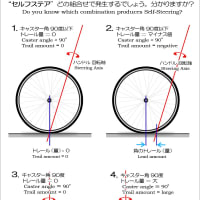

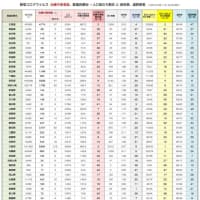
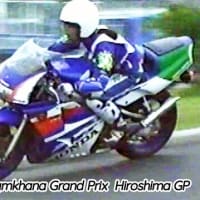
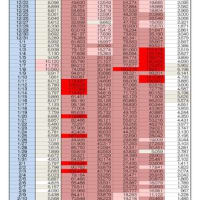
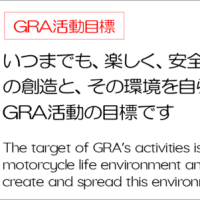
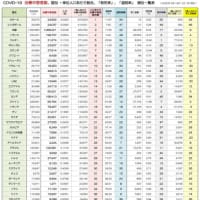
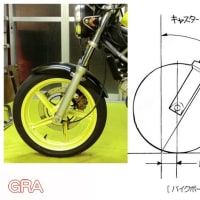
※コメント投稿者のブログIDはブログ作成者のみに通知されます